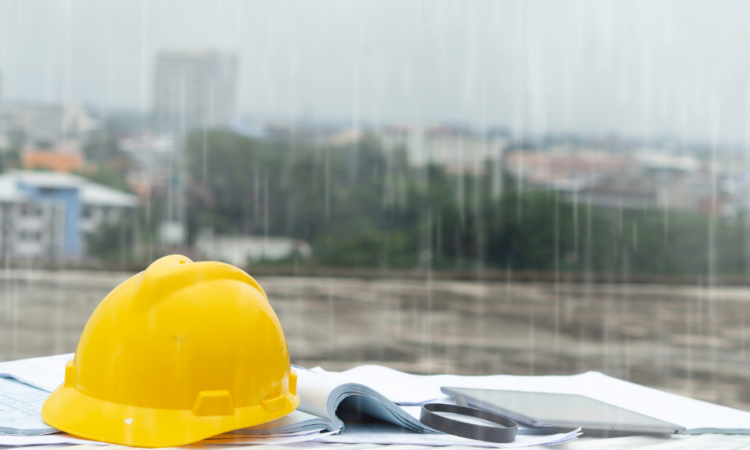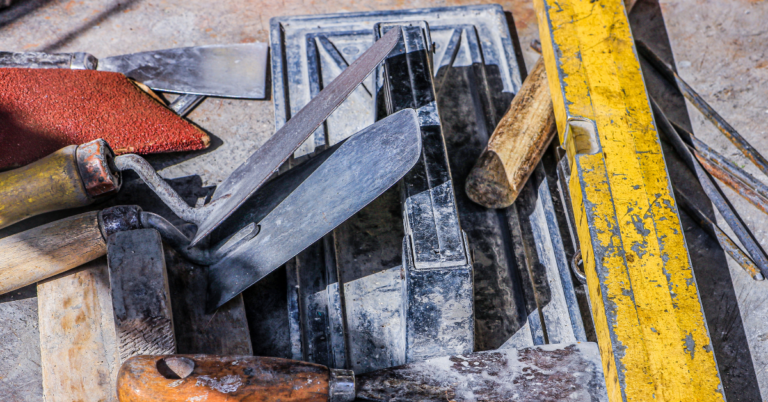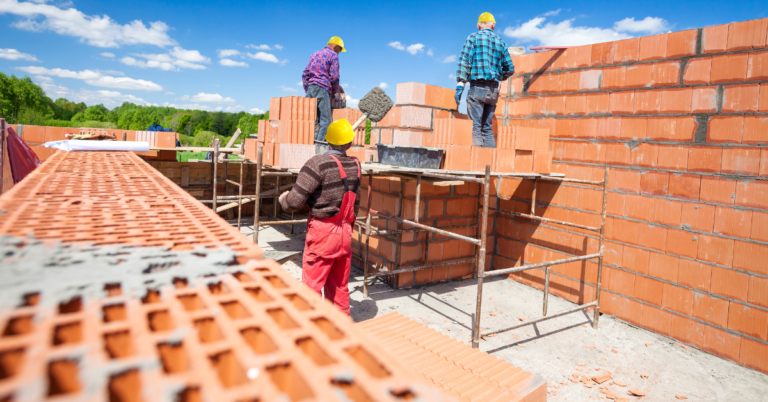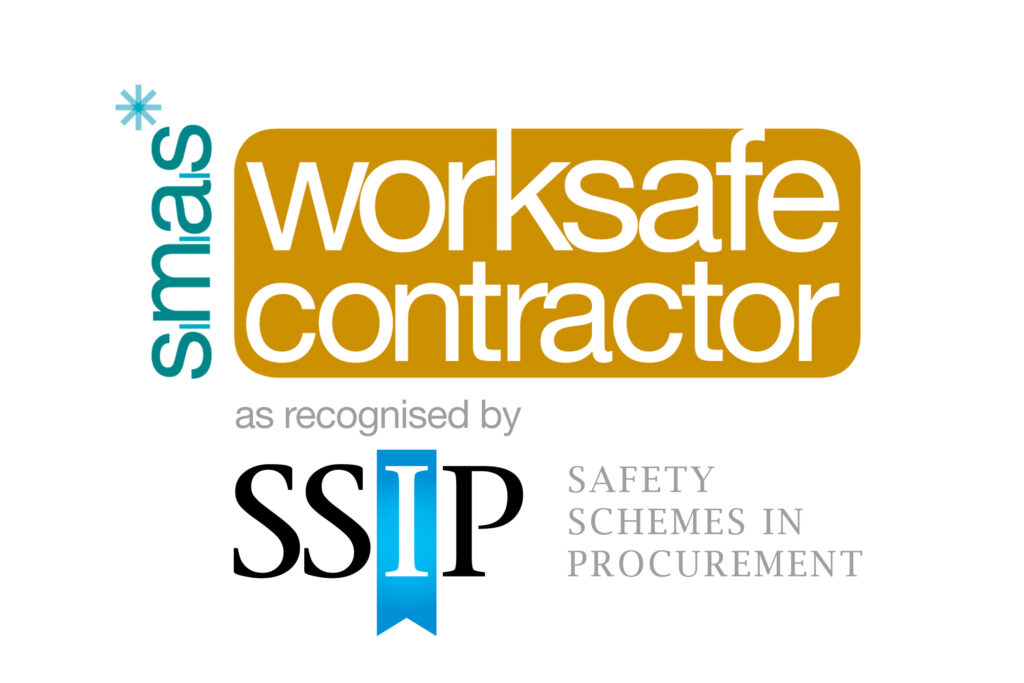What Do Bricklayers Do When It Rains?
In Scotland, our bricklayers face an inordinate amount of rain thanks to our geographical location. A commonly asked question is what bricklayers do when it rains? Especially when most of their work takes place outdoors. As a bricklaying contractor company in Ayrshire, the rain is no stranger to us. However, it doesn’t stop our subcontractors from getting out there and making a wage as often as you would think.
Firstly, there are days when it is simply too rainy to build. In extremely wet conditions the quality of brickwork would suffer greatly. For example, brick absorbs water, and mortar is unable to set in extremely wet weather. Excessive water can therefore cause issues such as efflorescence.
What is efflorescence?
Efflorescence happens when the brick is wet and water evaporates through the brick facing, leaving water soluble salts on the facing. Water soluble salts are naturally present in brick and mortar. However, when the bricks and mortar are wet and they set, these salts can leave a white discolouration on the face of the brick. Ultimately efflorescence can contribute to a poor finish and impact the quality.
Over-hydrated mortar
Over-hydrated mortar also significantly impacts the bonding process between the brick and the mortar. When working in dry conditions, the two substances bond together without issue. However, when laying brick in the rain, a chemical process happens which can lead to the mortar hardening incorrectly. This could result in the mortar being flushed out the joint. Then becoming a larger issue as this can impact the structure of what is being built, not just the quality.
Consequently, there are days when bricklayers are just unable to work. Most of the time, work can be covered over until the rain stops and picked back up as soon after as possible. At SLBC Ltd we encourage our bricklayers to use brick jackets which can cover pallets of brick or block overnight, protecting against the rain.
Working as a bricklayer when it rains can be challenging and frustrating, but there are always opportunities to make up for lost time on site on evenings or weekends. During the Scottish summer, our bricklayers are offered as much work as possible in an attempt to prepare for days during the winter when they may be rained off.
Laying bricks in hot weather
As with excessively wet weather, bricklaying can be impacted by excessively hot temperatures too. In Scotland, although rare, we do experience our share of sun. It’s certainly not Australia but we have seen summers with 30 degree heat.
The problem with bricklaying in hot weather is almost the exact opposite of bricklaying in wet weather. The bricks and mortar can dry out easily, again, impacting the quality of build. Some extra precautions to take when laying bricks in hot weather include:
- Pre- and post-wetting of the brick
- Pre- and post-wetting of the mortar
- Keep your bricks and mortar out of direct sunlight
- Protect joints drying to quickly in direct sunlight by using a mist or spray bottle
- Cover over work when finished
Another major consideration when working outside in any season, but specifically in hot weather, is to protect your skin from the sun. When working as a bricklayer in hot weather and being consistently exposed to sunlight, you must wear a high factor SPF.
Protecting your skin with sunscreen in our industry is extremely important. As it is for everybody working outside. The majority of sites that SLBC Ltd subcontractors attend provide sunscreen on site. We also encourage all of our subcontractors to bring their own sunscreen to site, too.
Regardless of ‘rained off days’ or ‘too hot’ days, most of our bricklayers still make more than the average yearly bricklaying salary. You can learn more about how much bricklayers earn here or how to become a bricklayer here.







